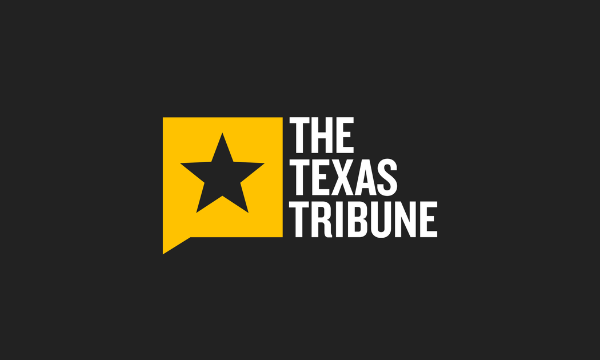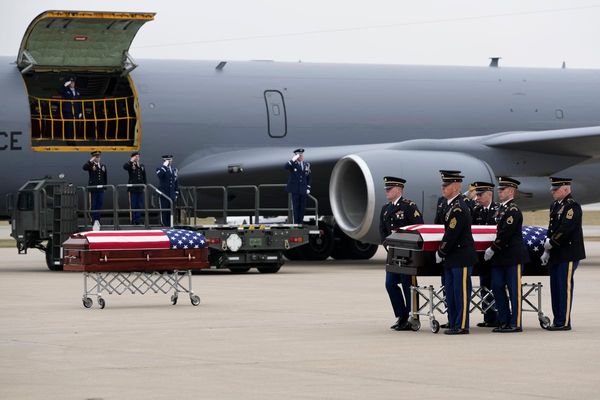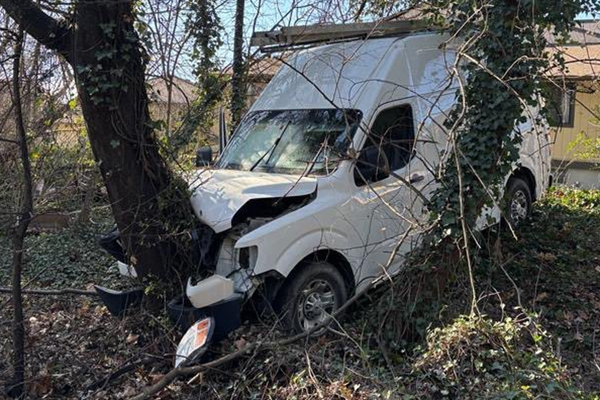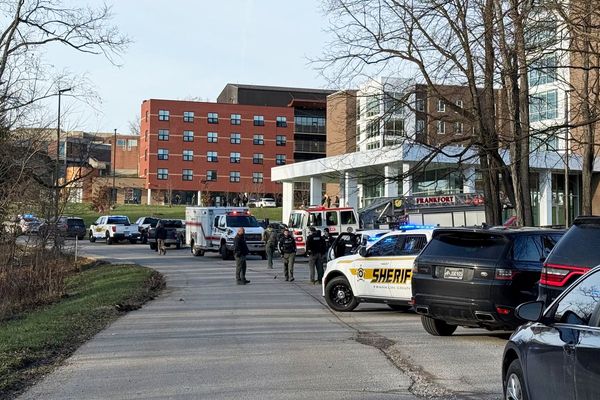
The latest hurdle the NCAA faces in maintaining its eligibility rules: keeping former professional athletes out.
Frontiers explored in lesser-followed sports like college tennis and hockey have been thrown into the spotlight after a pair of former NBA G League players committed to play college basketball in recent weeks. The first to make such a move, African wing Thierry Darlan, had spent one year in the NBA’s now-defunct G League Ignite program, then a second splitting time with the Delaware Blue Coats and Rip City Remix before enrolling at Santa Clara. Darlan was granted two seasons of college eligibility by the NCAA. London Johnson, another former Ignite player, committed to Louisville soon after. Johnson spent three seasons in the G League (two with Ignite) and will enroll in college at the end of fall semester before playing the 2026–27 season.
The moves sparked uproar from college coaches. Michigan State’s Tom Izzo called it “ridiculous” and “embarrassing” for the sport. Kansas’s Bill Self said he had “no idea what we are doing” and quipped that his staff would call NBA teams to find players to recruit off of instead of high school kids. Purdue’s Matt Painter was “at a loss for words” over the development.
It’s not entirely clear where the NCAA plans to draw the line on who can get eligible. Darlan and Johnson’s cases were unique because, while they had made money as professional players, they hadn’t gone through the NBA draft and were still within five years of graduating high school. There was no clear distinction between playing in the G League and playing for professional teams in Europe, which the NCAA has become increasingly lax in allowing players from. Some coaches took that to mean the line was whether a player had gone through the draft, but a handful of European players who have enrolled in college went undrafted as automatically eligible prospects via the NBA CBA. If those players would get cleared, why not players like Bryce Griggs, TJ Clark and Kok Yat? All were previously ineligible for college because they played as pros in the Overtime Elite League, went undrafted and then played in the G League, but like Darlan and Johnson are within their five-year NCAA eligibility clock.
An expansion of eligibility rules to allow for those players to come to college wouldn’t totally reshape the sport. Essentially, what’d be created is a small carve-out allowing players who chose emerging pro pathways that now don’t exist (G League Ignite, Overtime Elite) due to the explosion of NIL deals in college to double back and play in college. But increasingly, coaches and agents seem intent on pushing the bounds of what the NCAA can and can’t enforce from an eligibility standpoint.
According to Sports Illustrated sources, some coaches and agents are exploring eligibility pathways for players who signed NBA contracts and in a few cases, even played NBA games. Players like Jaylen Martin (16 NBA games with the Nets and Wizards) and Jazian Gortman (16 games with the Mavericks last season) have popped up on college recruiting boards in recent weeks, though their interest in actually matriculating in college is unclear. A few college coaches have even started digging into the possibility of bringing players back to college who previously left for the NBA, as long as they’re within their five-year eligibility clock from the time they graduated high school.
Take Trevor Keels, who played on Duke’s 2022 Final Four team as a freshman and was drafted No. 42 overall that year by the Knicks. He has played in just three NBA games, but has been a mainstay in the G League. Does the NCAA have the ability to prevent him from returning to college, enrolling at the semester break and playing in the 2025–26 season starting in late December or January? He’d be in his fifth year of his five-year clock and would have played only one college season. Most coaches SI spoke to are under the impression the NCAA would initially rule a player like this ineligible, but given the explosion of lawsuits against the NCAA, could a player in Keels’s shoes sue and get an injunction to play?
This surge of players interested in college has upped NCAA commissioner Charlie Baker’s urgency for congressional action to shield the organization from further litigation. In a letter sent to lawmakers shared by Yahoo Sports’s Ross Dellenger, Baker referred to courts’ “chiseling away of the NCAA’s ability to enforce eligibility rules” as “destabilizing” and “threatening.”
“At the NCAA, we do not want college sports to become a landing spot for former professional athletes or a space where would-be pros compete for a decade or more,” Baker wrote.
The second part of that statement (“would-be pros compete for a decade or more”) refers to challenges to the aforementioned five-year eligibility clock and four seasons of competition rules. Right now, a player like Darlan getting cleared for college as a 21-year-old is receiving only two years of eligibility, which at least maintains some semblance of competitive balance based on age. If courts were to strike down the five-year clock or limits on the number of years players can play college sports, the floodgates would open even further. And to give an idea of the quantity of lawsuits currently challenging NCAA authority, there’s an entire website dedicated to tracking all the litigation against the NCAA.
The risk in relying on government intervention is real, particularly in a moment when the federal government is shut down. But the clock is ticking: The longer things go, the more the envelope will be pushed by teams desperate for talent injections and the more opportunities for a court ruling to completely flip things on its head again. There might be other avenues outside of government intervention to stem this tide (namely, some sort of collectively bargained eligibility rules with the players), though those would also take time the NCAA might not have.
While jokes like Giannis Antetokounmpo tweeting about hopping into Marquette’s rotation are rather unfeasible, it’s not a stretch to envision a serious push from former NBA players to get college eligibility as soon as this winter. And how the NCAA responds to such a push could shape what the next generation of college athletics looks like.
More College Basketball on Sports Illustrated
Listen to SI’s new college sports podcast, Others Receiving Votes, below or on Apple and Spotify. Watch the show on SI’s YouTube channel.
This article was originally published on www.si.com as Why Former Pros Are Coming to College Basketball, and What Eligibility Issues They Face.







